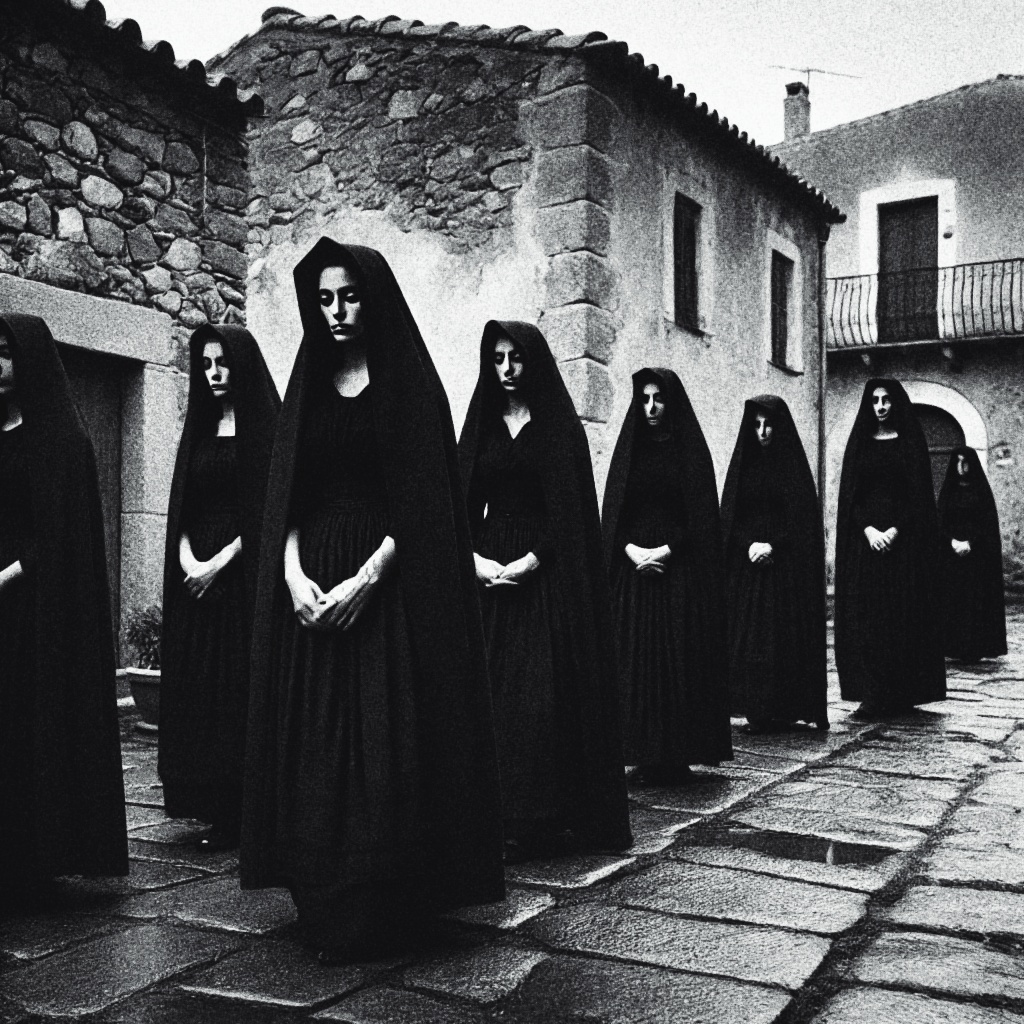The interior of Sardinia is a harsh land, and like all harsh lands, the people who inhabit it resemble it. Anyone who has spent some time on the island will have noticed that there are many differences between the coastal area and the inland region, both in terms of character and territory.
When the Romans began conquering the coasts in 238 BC, starting from Olbia, it is said that they were unable to subdue the so, called “sardus pellitus,” the inhabitants of the inland region. The Romans, frustrated by their inability to conquer it, referred to this area as “Barbaria” (today’s Barbagia).
The “sardus pellitus” wore animal skins and were as harsh as their labyrinthine mountains, as resilient as their nuraghes, and as proud as their oaks. They had already been using the same strategy against the Romans that outlaw bandits would later use against state authorities: using their deep knowledge of the territory, which was intricate and difficult to navigate, they could escape capture, responding with individual guerrilla attacks when necessary. General Pomponius Matho even tried to uncover their hideouts by bringing hunting dogs from Rome, but whether he succeeded is unknown, and asking him now would be a bit complicated.
But beyond being physically and characteristically strong, these “sardus pellitus” were also rather touchy. They never accepted that the Sardinians from the coast allowed themselves to be subjugated by the colonists, who exploited the island’s land and resources. They were so touchy that they played tricks on them: especially during the harvest season, they would swoop down on the docile plains to raid cereals and livestock, finishing their revenge tour by setting fires to destroy what was left.
If this story sounds vaguely familiar, you’re not mistaken: modern cattle theft in Sardinia and the fires are an integral part of its history, both old and new. When one wonders why people try to ruin their own land with fire, one should look to history: what was once a politically motivated practice has probably turned into mere delinquency and distrust towards those who come from the ‘mainland.’
One of the latest examples is the attempt to burn the “Sos Enattos” mine in Lula: a bomb was found in front of the site, which is a candidate to host the Einstein Telescope, the future third-generation gravitational wave detector. A project that could repopulate an area that seems destined to die.
There are many examples of modern delinquency, which show how the lack of critical thinking and analysis leads to an inability to distinguish between good and evil, confusing necessary rebellion with the confused delinquency of those who, due to cultural heritage, continue to take actions without adapting to the present, like an outdated GPS trying to guide you to a road that no longer exists.



